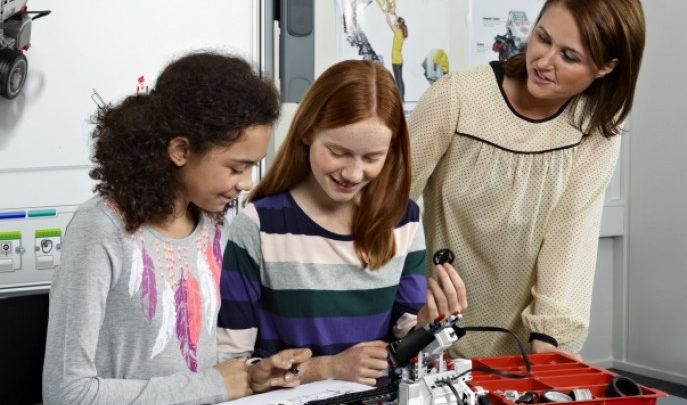How Do You Think Like A Computer?

Jess Clifton from LEGO Education, discusses the benefits of computational thinking and provides some practical ideas about how to approach it effectively

Whether or not your pupils are budding coders heading for Tech City, the idea of computational thinking is a fantastic transferable skill to have, especially now that a great deal of careers will be involved with technology in some way or another. But how exactly can you encourage this type of thinking in your classroom?
Since 2014, pupils across the UK have been getting to grips with the computing curriculum, a subject that requires logic, trial and error, and perseverance to master.
While initially, it was met with concern and anxieties by both the teachers who needed to grasp and deliver the concepts, and the pupils who were expected to learn an entirely new language, schools are starting to see the benefits and have approached the subject with enthusiasm.
The UK is home to many of the original computing pioneers, so how can we improve our knowledge and inspire a new generation of the benefits of computational thinking once more?
Computer education is physical education
The basic concept of computational thinking is giving and following instructions. Computers work through a series of commands that are sent as signals to various parts of the hardware so that they perform a specific function.
You can re-create this concept through physical representation, asking your pupils to give instructions to one another, such as “move six steps forward and wave your arms”. These commands need to be specific and clear so that the pupil can understand them, much like a code must translate to the computer. If something isn’t quite right in the code, it’s known as a “bug” that prevents the function, which leads us to…
Problem-solving and debugging
Problems with the code are often the most disheartening part of computing for young pupils. Sometimes, it can take several attempts to get the computer to do what you expected and it’s natural for this to be frustrating, especially when dealing with lines and lines of text.
If a code doesn’t work, help your pupils find the problem of the source and make a change within the program to fix it. It doesn’t matter if the pupils experiment with the code, as making alterations won’t break anything, but by working through it and finding the right solution, pupils not only learn more about computing, but develop key problem-solving and analytical skills too.
Real-life coding
Computing isn’t just lines of text on a screen; it has real-life applications, such as NASA programming their space rovers remotely to explore planets. While teaching the principles of coding in the abstract or with representations can be valuable, there is nothing more important for pupils than seeing exactly how codes come to life.
Schools are starting to see the benefits of attaching their computing lessons to robotics, allowing pupils to see results more clearly, and understand the effects of the codes they write. You might have a robotic arm that you can program to pick up items, or you might even build new machines that can perform a wide range of functions. For pupils that have found it harder to engage with the subject, this can be a real eye-opener!
Keep things simple
While it’s possible to jump straight into the realms of Python and Java to give your pupils an experience of the programming languages they may use in future careers, there is a real value in keeping things simple to start off with.
Using a language that works with images and simple numbers to begin with allows pupils to put codes together from a set of blocks, seeing how this translates in practice, before attempting to write their own text-based algorithms.
It’s also a great way for teaching terminology; many languages will have similar commands for the same actions, and by building this vocabulary with visual aids, it helps to build a bank of transferable terms that they can use across all languages.
Technology is a huge part of our daily lives, and while pupils are becoming more adept with its use as time goes on, being able to understand how it works on a deeper level means that their knowledge will grow even more quickly, helping them keep up with the developments that will shape their future careers, no matter what sector.
Not only this, but the transferable skills of problem-solving, communication and resilience will benefit them throughout their education and in any endeavours they may face.












